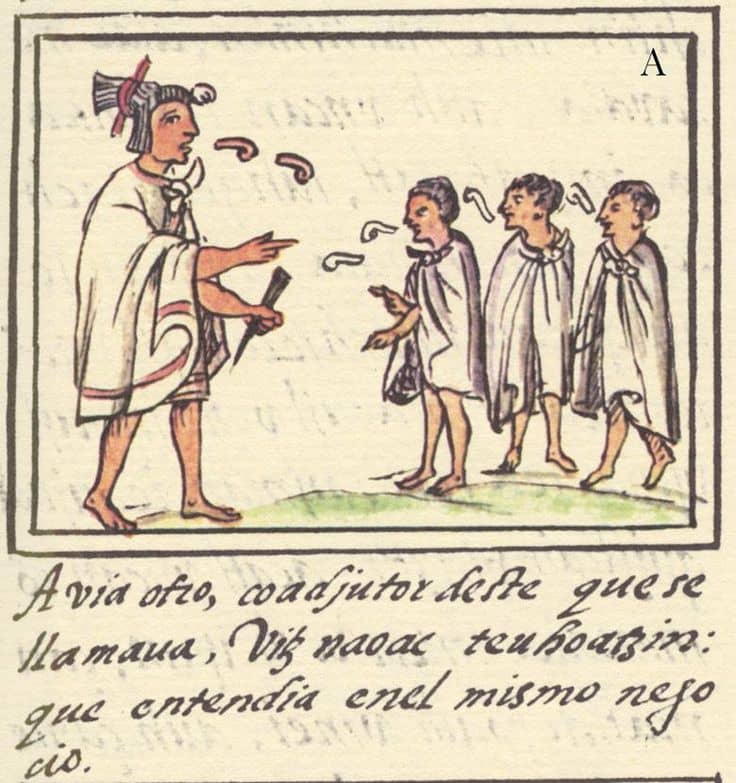Pre-Hispanic public education in Mexico
In Mexico, public education dates back to ancient times, as nomadic societies, with a rudimentary culture, transmitted incipient agricultural knowledge to young people, as well as the rudiments of hunting, fishing, and gathering, which were essential for survival in those cultures.

Public education in Mexico dates back to ancient times, as nomadic societies, with a rudimentary culture, transmitted to young people incipient agricultural knowledge, as well as the rudiments of hunting, fishing and gathering, which were necessary for survival in those cultures.
The non-systematic educational aspects were formalized after the sedentarization of the peoples (Chichimeca and Nahua). The knowledge imparted ranged from writing, through mathematics, to astronomy, including religious and ritual aspects.
The Nahua and Maya cultures excelled in the formalization of education, but it was the Aztecs, in their later stage, who organized themselves for what we know today as teacher training, that is, they prepared teachers to teach in the schools they created, giving rise to public education formally for the first time in Mexican history. Thus, priests, warriors and teachers in various trades were prepared in special schools.
The public instruction began when the child was fifteen years old, the children of the nobles entered the Calmecac where a kind of preceptor, a priest or the head of the Telpuchcall subjected him to a strong discipline, to lead him to the priestly formation that included several grades: tlamacazto, tlamacaztl and, finally tlamamacac (priest).
In the Telpuchcalli the warriors were prepared; this mulitary institution was destined to the sons of the people. The adolescents who joined this school were instructed in the daily chores of the countryside and, as part of their instruction, they participated in the construction of public works such as temples and hydraulic works.
In both schools, the cultivation of the fine arts was an unavoidable activity, as singing and dancing were part of the subjects taught. Although in Telpulcalli formal education was aimed at preparing for war, as in Calmecac, religious education was included.
Female instruction also had a place in the formal education of the Aztecs. In the school women were educated to be priestesses, covering religious and domestic education, as well as moral education; in the school the students learned to weave and to make different types of gold and silver work.
The Mayan civilization, like the Aztec, had a high degree of formalization of education. Schools were founded where teachers were trained and educational institutions were established to train priests, warriors and priestesses.




